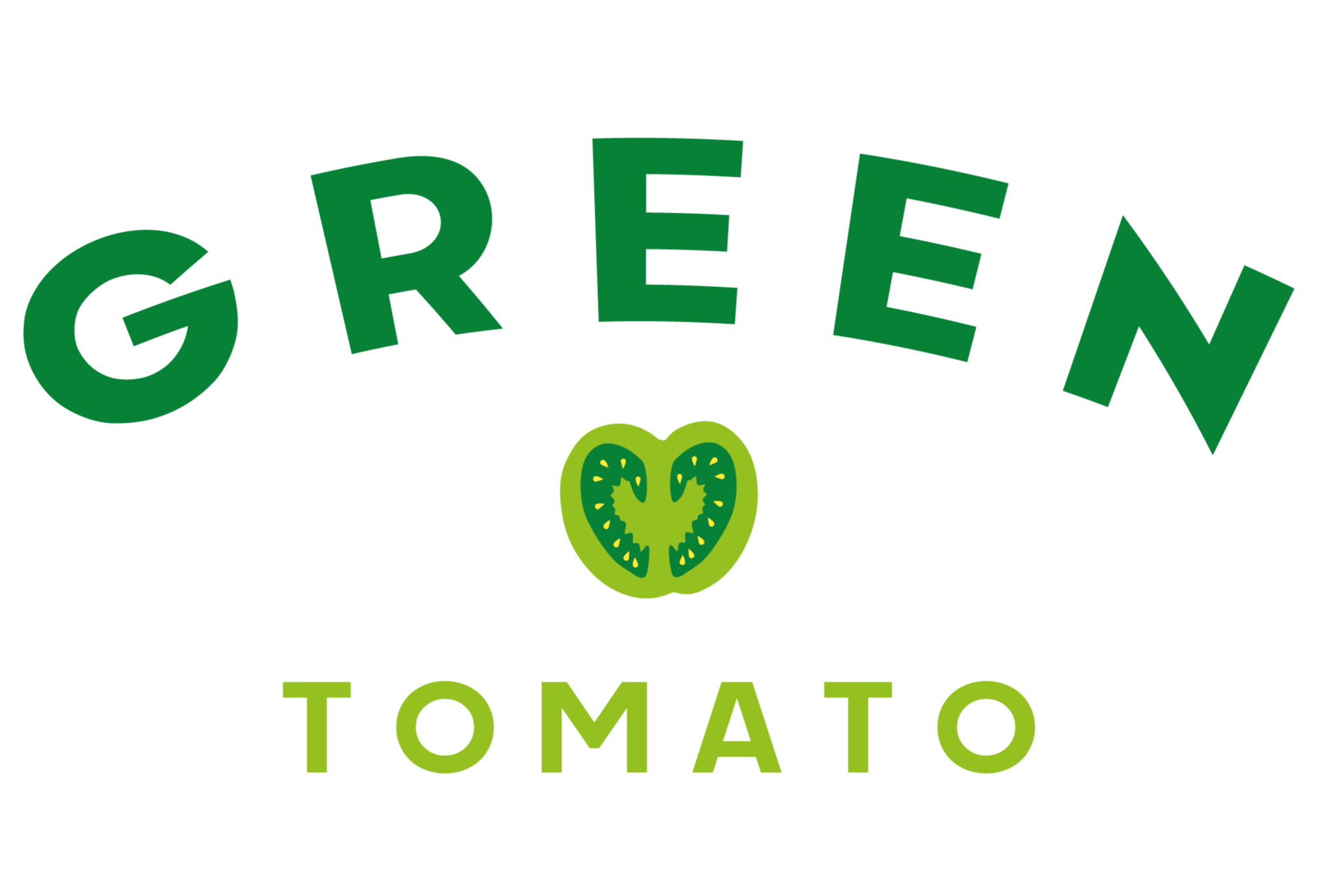Jeremy and Marco from Paradise Farms- https://paradisefarms.com/
At Green Tomato, we consider it a true privilege and a joy to build direct relationships with the farmers who grow our food. With open arms and gates, farms like Paradise Farms invite us to experience a different side of Florida, one with a beauty that is both unexpected and clarifying, just a short drive from the city. It’s incredible to see the abundance a few acres can produce, offering a glimpse into the richness this land holds.
Meeting the people behind the production truly brings these spaces to life. The farmers and workers deeply passionate and knowledgeable about their craft make every conversation both enlightening and personal.
Who is Jeremy and What's His Role at Paradise Farms?
Paradise Farms specializes in culinary-focused produce, which adds another layer of expertise to their work. We had the chance to speak with their mushroom expert, Jeremy, who walked us through the fascinating regrowth and harvesting process.
Inside a carefully insulated room, we observed up close how mushrooms are cultivated and stored. Jeremy detailed the entire journey, from sourcing the materials to germination:
-
Substrate Blocks and Mycelium: Mushrooms begin their life in starter blocks made of food substrate, similar to soil, and mycelium the "seedlings" of mushrooms.
-
Incubation Period: These blocks are highly responsive to their environment. For two to three weeks, they grow based on specific temperature, humidity, and lighting conditions.
-
Fruiting Room: After incubation, they are moved to a special room where the mushrooms begin to emerge over seven to ten days.
Did you know a second, smaller harvest can occur about ten days later? It's an incredibly efficient and delicate process.
Key Questions: The Technical Side of Mushroom Cultivation
During our visit, we realized that people have many questions about how mushrooms are grown. Here are the answers Jeremy gave us:
How is a mushroom grown? Is it a vegetable or a plant?
This is one of the most common questions. Jeremy explained that mushrooms are neither vegetables nor plants; they belong to their own kingdom: fungi. Unlike plants, they don't use sunlight for photosynthesis. Instead, they feed on organic matter like wood or compost, using mycelium, a network of filaments to absorb nutrients. The visible mushroom is simply the fruiting body of the mycelium.
What varieties of mushrooms do they grow at Paradise Farms?
Paradise Farms prides itself on its diversity. Jeremy showed us several of the varieties they cultivate, each with its own unique flavor and texture profile:
-
Pink Oyster: Jeremy's favorite. They have a unique beauty and a delicate flavor, perfect for a quick sauté.
-
Lion's Mane: Known for its texture similar to crab meat and its potential health benefits for the brain.
-
Maitake: Also called "hen of the woods," with a unique ruffled texture and an earthy flavor.
Each variety requires slightly different growing conditions, showcasing the level of expertise needed for a successful harvest.
The Reality of Farming and the Shelf-Life Challenge
Jeremy confessed that his favorite variety is the pink oyster mushroom. While they are incredibly beautiful, they have a short shelf life and must be consumed soon after harvesting.
This revelation led to a deeper conversation about the complexities of selling fresh produce. While farmers' markets are helpful, for such a delicate and nutrient-dense item, the shelf life is typically just one to two weeks.
Every fruit, mushroom, and vegetable has a story, and a dedicated person behind it. Bringing fresh food to your table isn’t always simple, but at Green Tomato, we are proud to honor this process and, most importantly, to share it with you.
What other kinds of produce would you like us to explore in our "Meet the Farmers" series?


On the right, Jeremy, the Mushroom Specialist. On the left, Marco from Paradise Farms and Vanessa Aflalo, CEO and Founder of Green Tomato.

